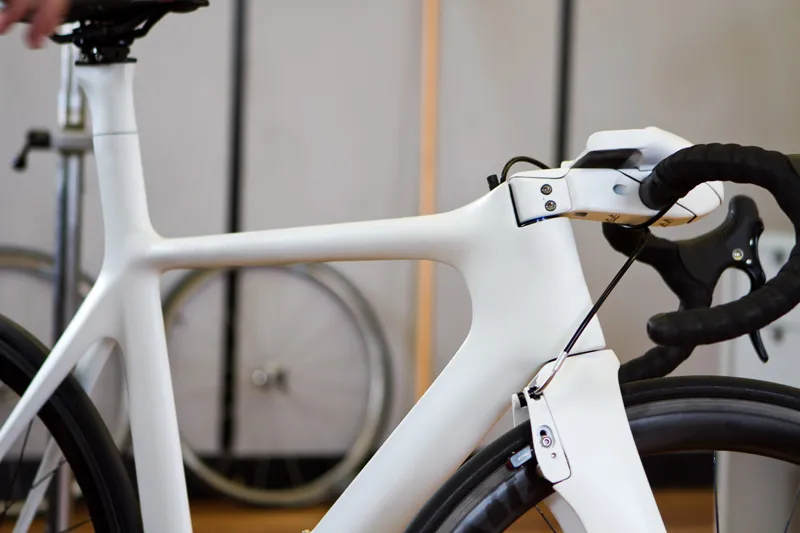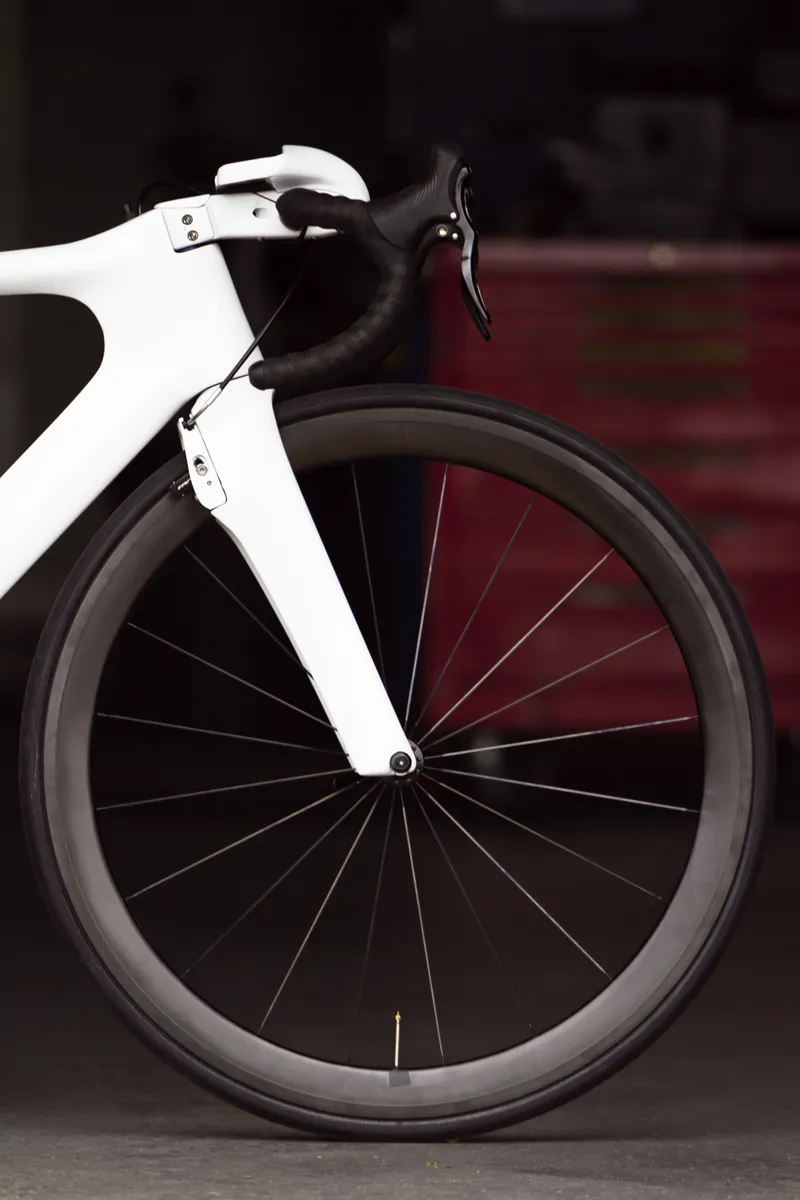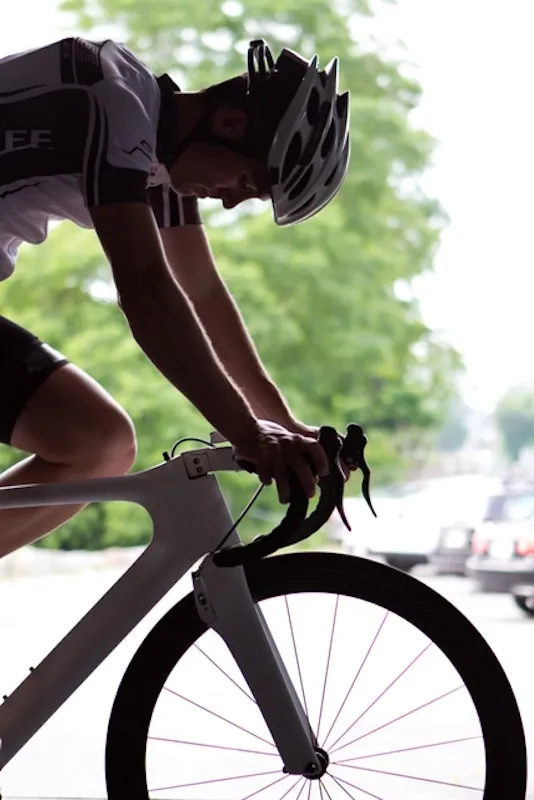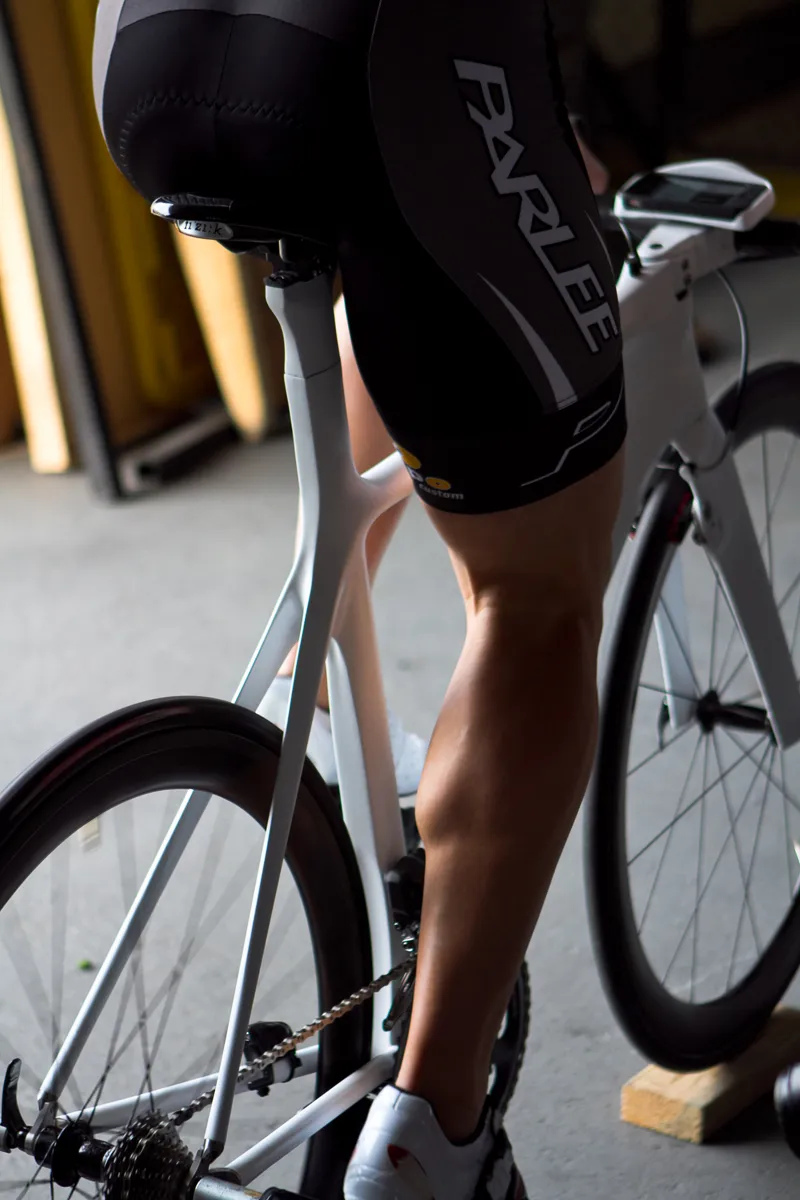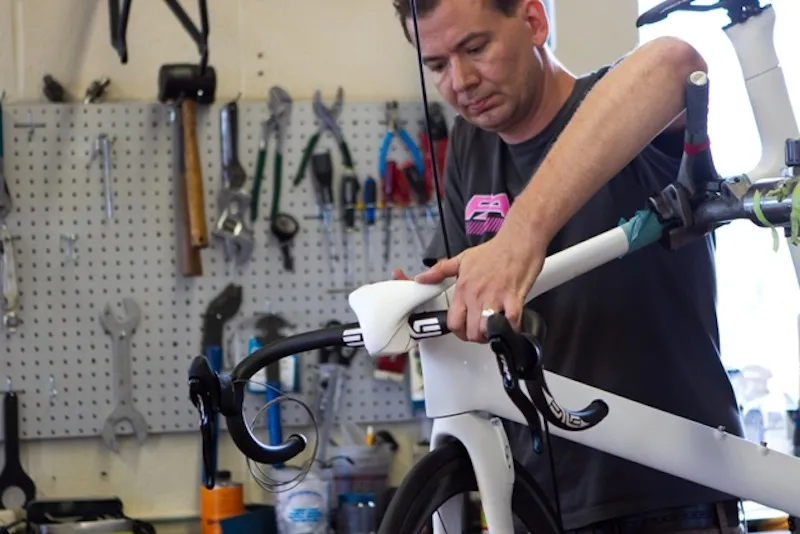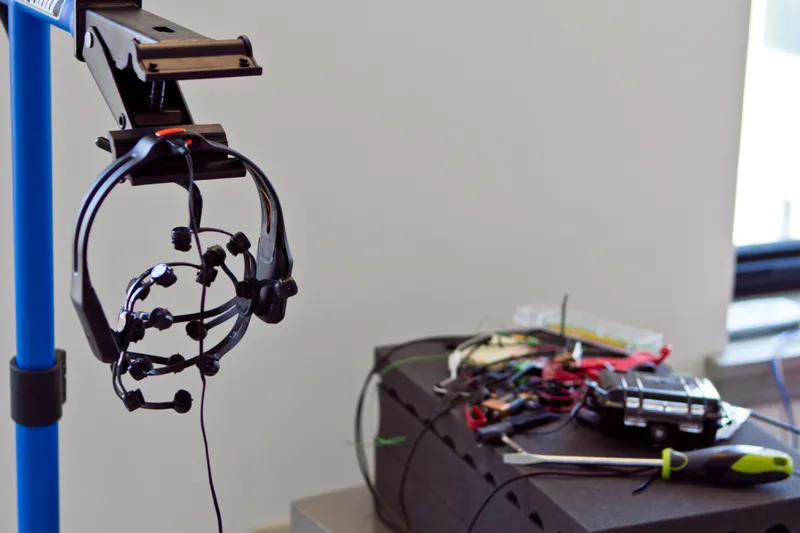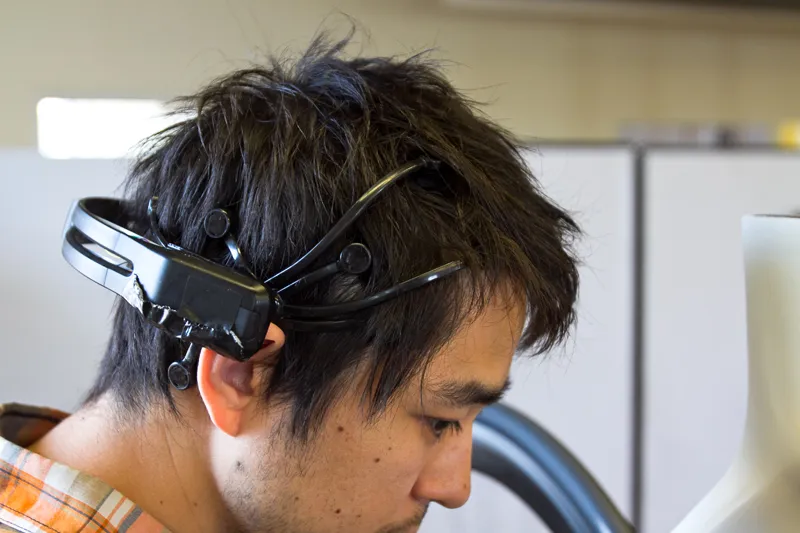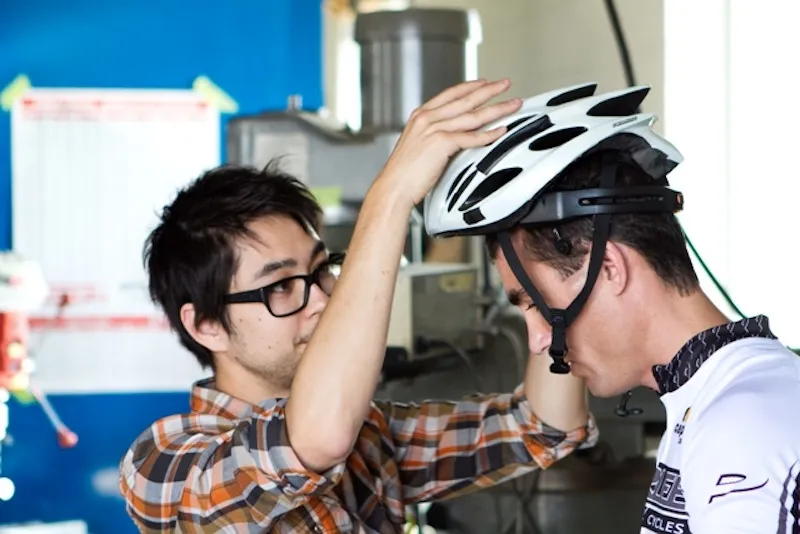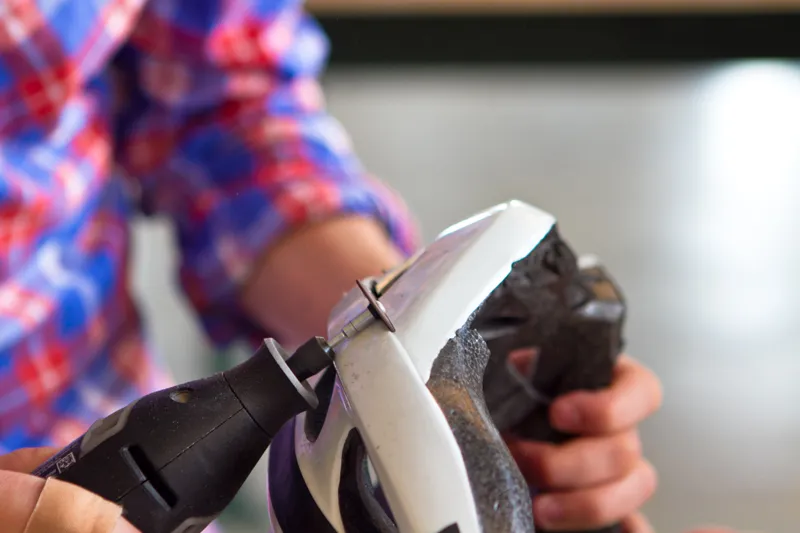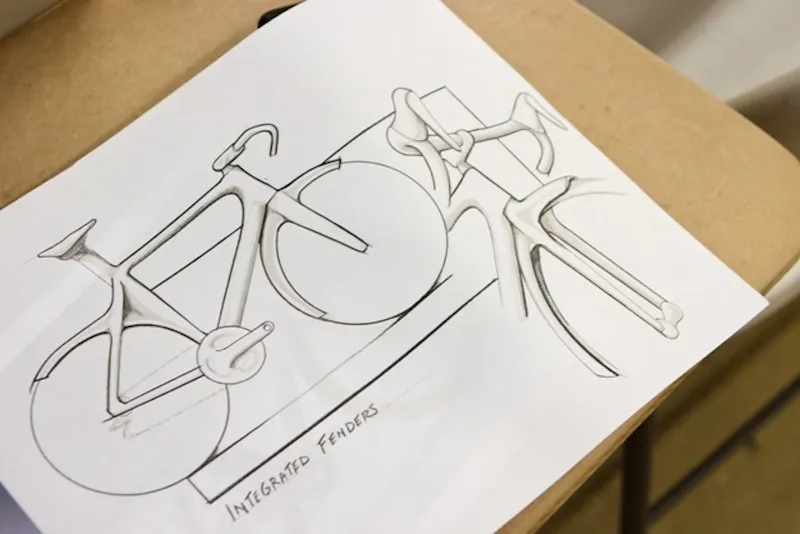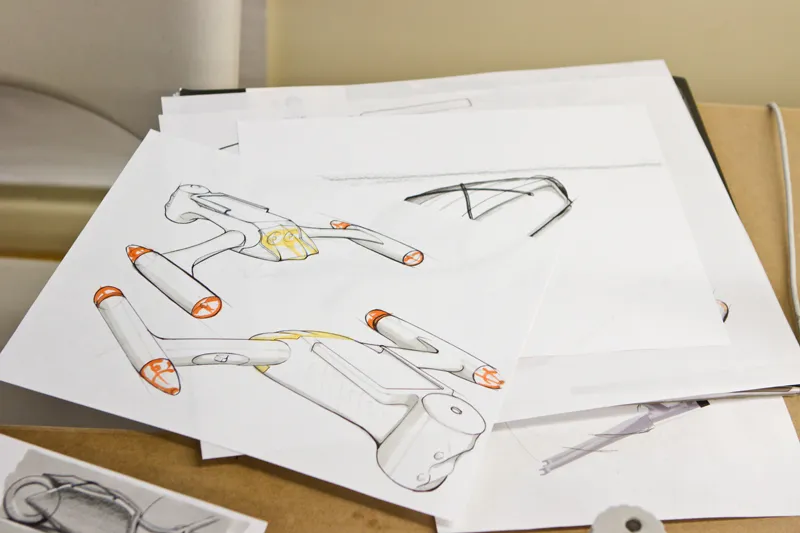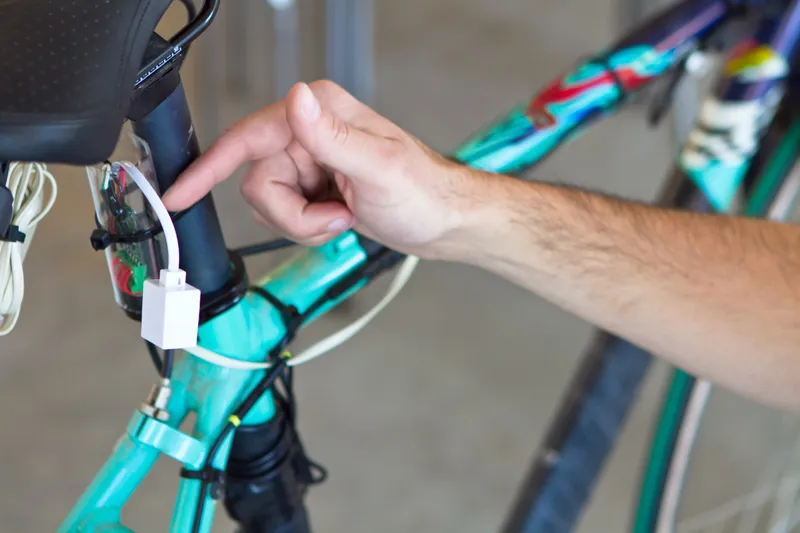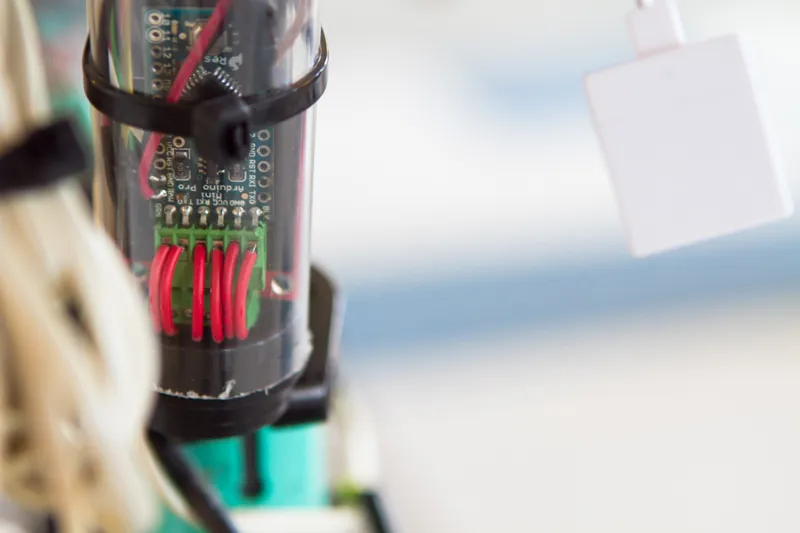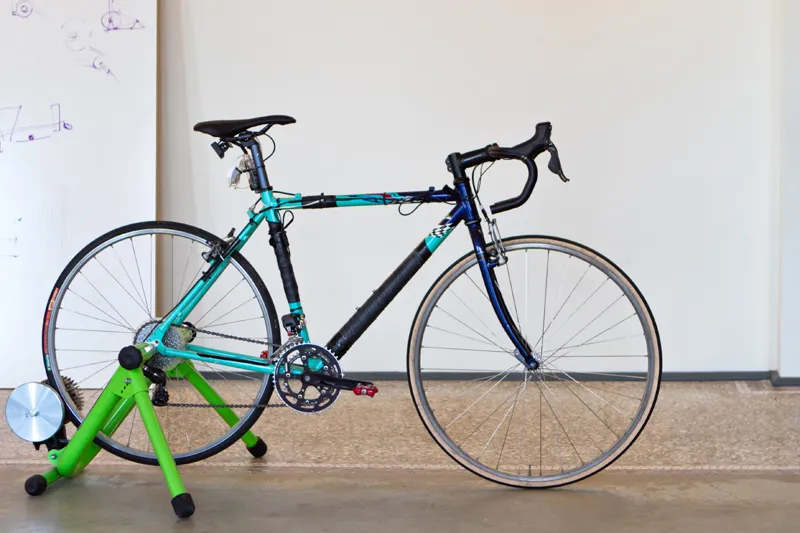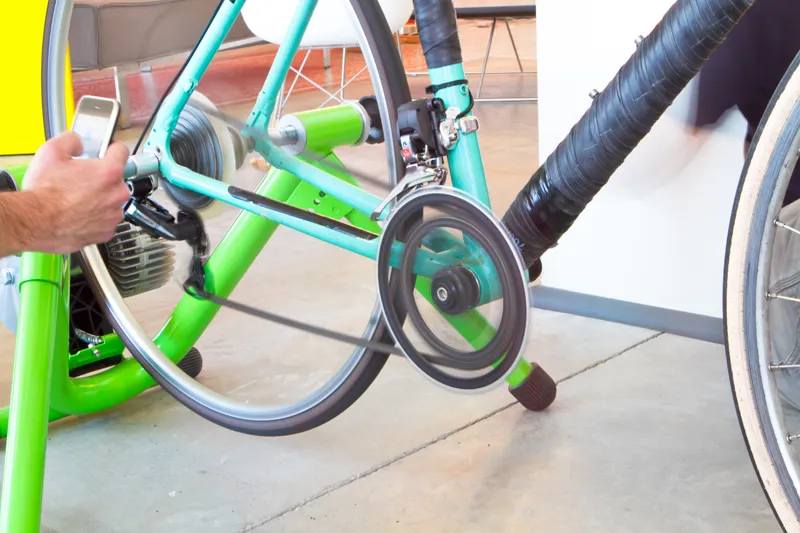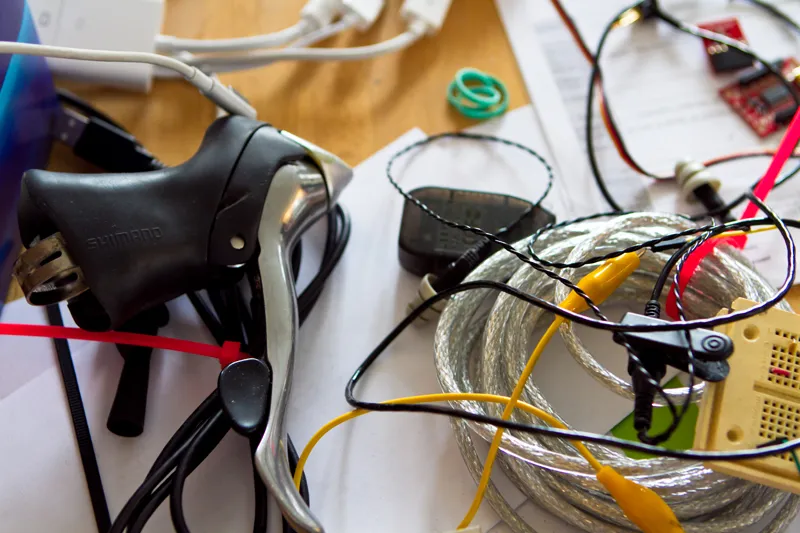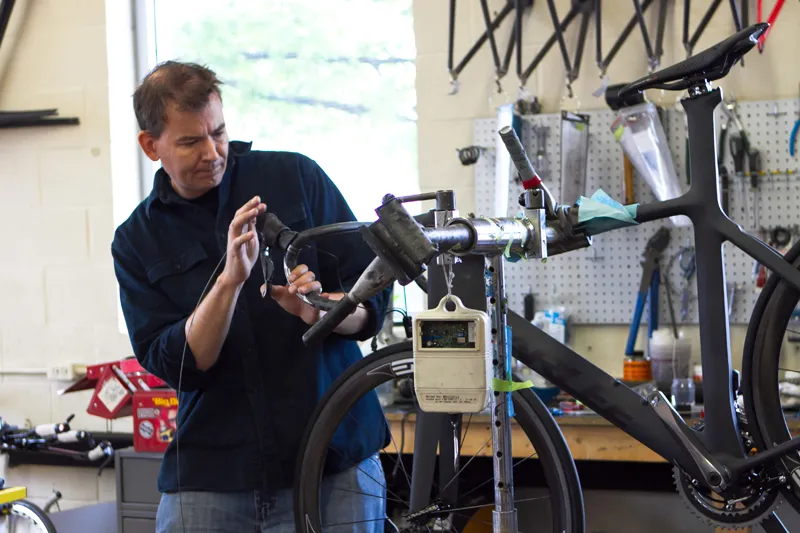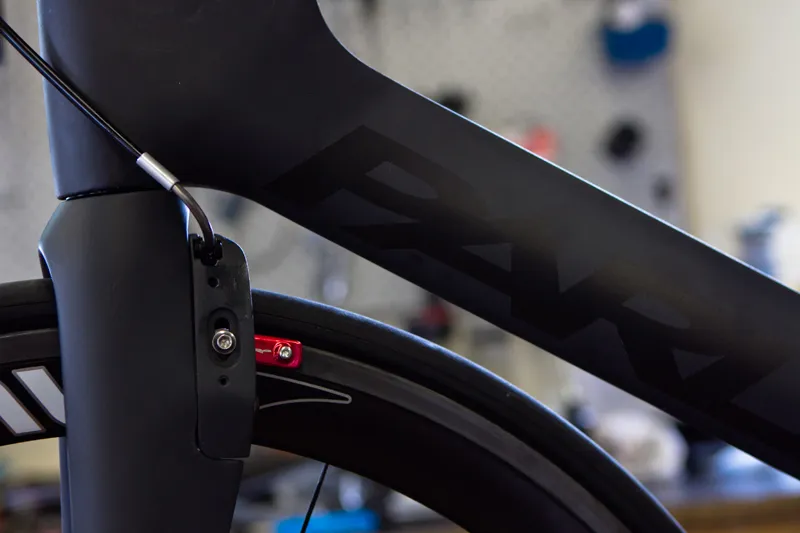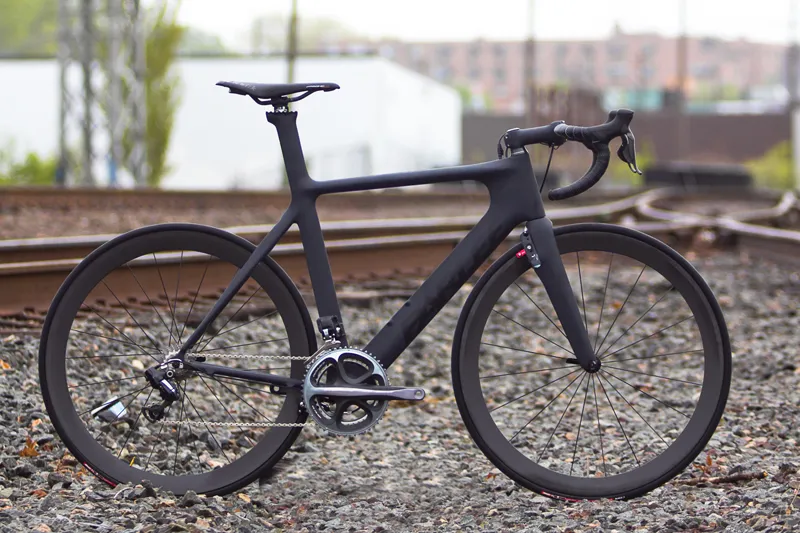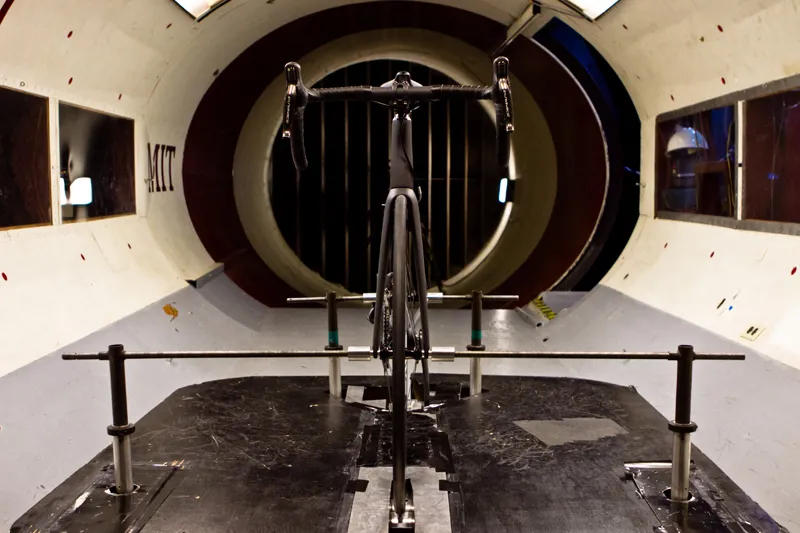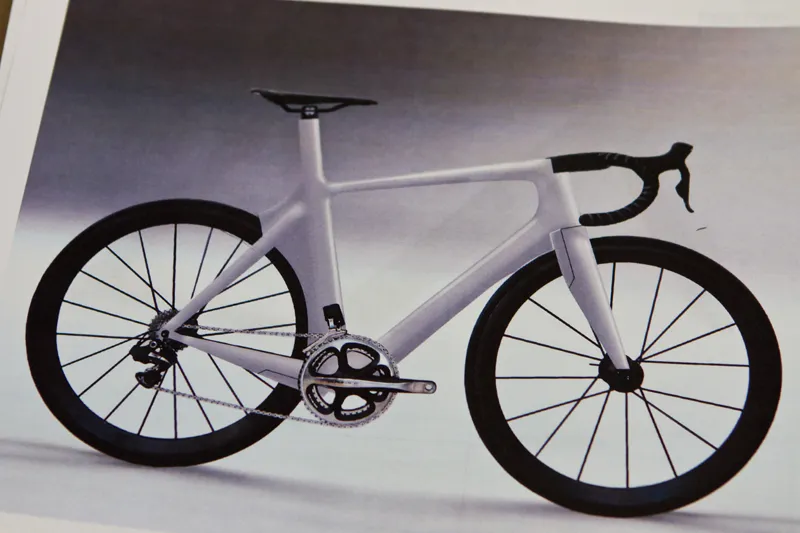Shifting gears using mind power – it sounds like something from a science fiction film. But it's something Parlee Cycles have achieved here and now with their Toyota Prius Project concept bike. This incredible machine is fitted with a brain-computer interface (BCI) which allows the rider to shift gears simply by thinking about it, using a modified Shimano Di2 group.
The system uses EEG – electroencephalography – to record electrical activity at the scalp of the rider, who must wear a special headset. These signals are then processed by a computer on board the bicycle. They're compared to patterns stored in a database and if a match is found, the computer can trigger an actuator such as a gear shift.
While Parlee, working with experimental design company Deeplocal, have proved that the system can work, unfortunately we can't expect brainwave shifters to show up for sale anytime soon. “This particular project will not be continued past the prototyping phase,” Patrick Miller of Deeplocal told BikeRadar.

Parlee's Toyota Prius Project concept bike
However, Miller doesn’t think this is the end of the road. “In general, for this technology, I don't think we're too far off,” he said. “The technology is getting more and more affordable. As the quality and reliability of this technology improves, along with the lowering of cost, I think we'll see brain-computer interfaces being used more frequently. BCIs are being used by gamers already, and I think it'll creep into other industries in the near future.”
There are still concerns, chief among them being the need to actively think about shifting – easy enough in a lab, more difficult out on the open road where your brain's having to process all kinds of other information. “It’s still a bit of a challenge for our generation to use brain-computer interfaces,” said Miller. “The technology is still improving and we simply aren't accustomed to it yet.
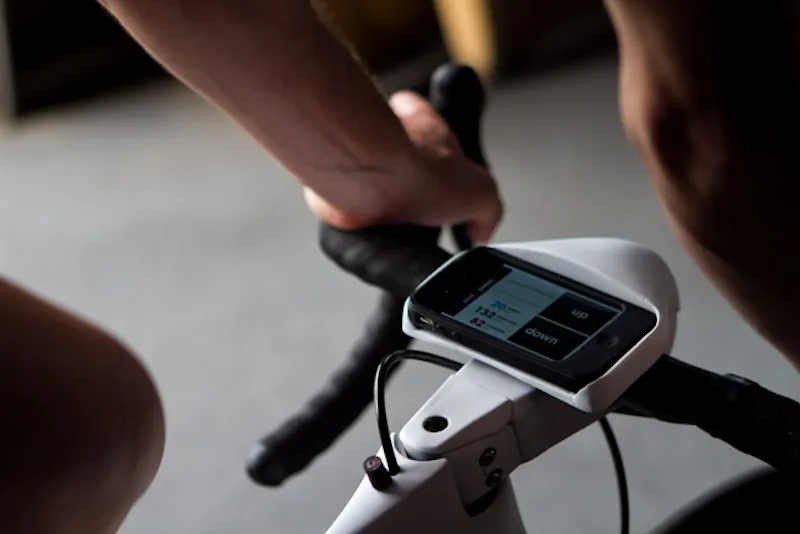
An iPhone is used as the computer connection between the rider and Shimano Di2 group
"I remember trying to teach my grandmother how to use a mouse to play solitaire – it was very difficult for her, she just wasn't accustomed to interacting with the device. As the technology becomes more accurate and more pervasive, it'll feel natural for us to control things in this way.”
While this project won’t result in a product that you’ll find at a local bike shop any time soon, Miller believes that if and when the idea is taken forward, it'll be far less primitive than what's been seen in the lab to date. “If this project were ever taken further, the technology would be redesigned as an embedded system sitting in the bicycle that communicates with a headset,” he said. “It would be very light.”
Unable to load media
